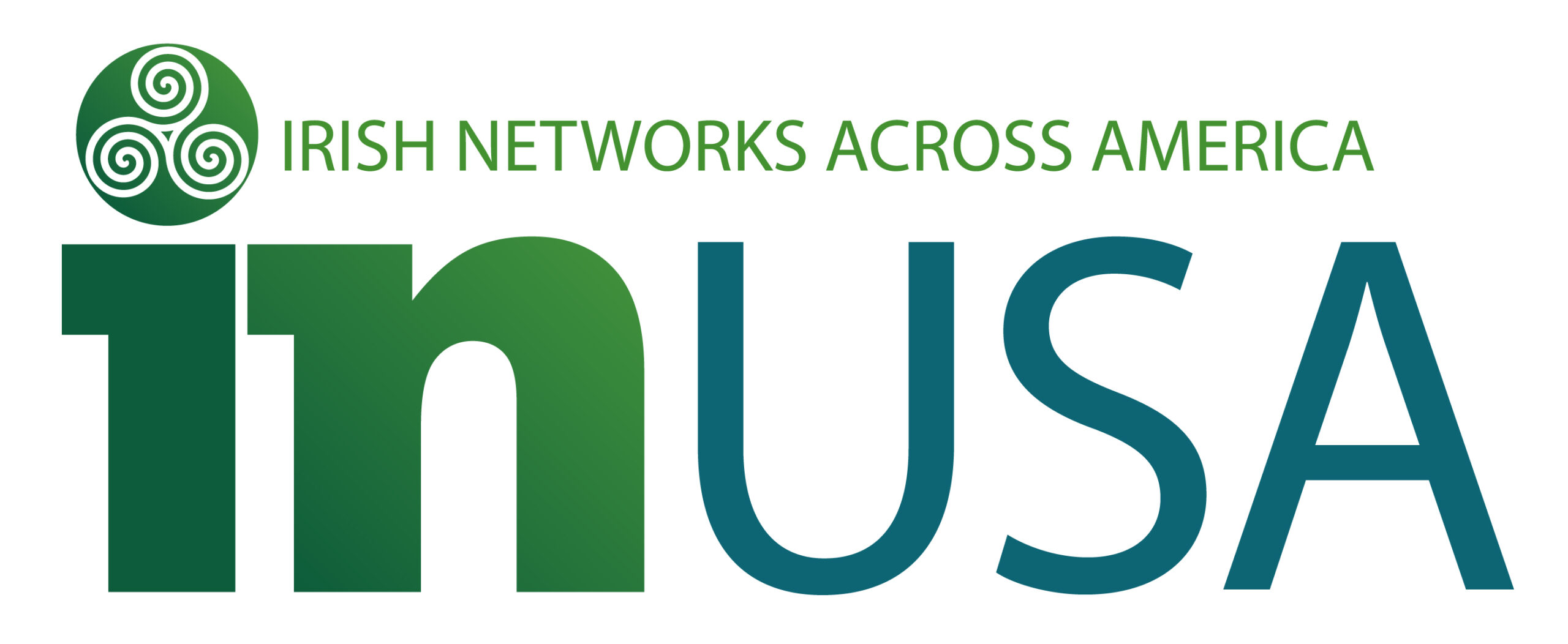Association will establish Buffalo chapter to boost cultural ties
By Anne Neville, News Staff Reporter & Matt Glynn, News Business Reporter
The Buffalo News
More than 100 people from all over the region who share a common interest in Ireland and the Irish turned out for a reception Friday night to hear about the launch of a new Irish Network USA chapter in Buffalo.
The people in attendance, mostly Irish and Irish-American, whose interests in Ireland ranged from sports, theater, music, arts, literature, academics and culture, mingled with two Irish dignitaries – Liam O’Neill, president of the Gaelic Athletic Association, an Irish sports and cultural organization with a worldwide presence, and Peter Ryan, deputy consul general for economic and public affairs for the Consulate General of Ireland in New York City.
In addition to athletics, the athletic association’s clubs are a way for Irish people to connect and support each other in countries around the world. “It reflects the very best of Irish society,” said Ryan. Irish immigrants, including Mayo man Padraic Walsh, have joined with Irish-Americans to establish a local GAA-affiliated Gaelic football club here called the Buffalo Fenians.
The new chapter of the Irish Network being established here intends to further capitalize on the links between people in Ireland and Western New York.
“It is about promoting economic development and business relations, between cities and states across the United States,” said Deirdre Woodbyrne, executive director of the Irish Network USA, which is based in New Jersey. “It’s about promoting Irish heritage, culture and sports.”
Seventeen other U.S. cities, including New York City, already have Irish Network chapters. Buffalo’s chapter won’t be officially launched until the spring, but representatives were in town on Friday to share their plans, while lauding the city’s Irish ties and influences.
Irish Network chapters in other U.S. cities serve as a conduit between the American and Irish business communities, Woodbyrne said. “We are hoping to go from 17 chapters to 30,” she said.
The local chapter will likely be established in April or May, run by a board of directors consisting of about a dozen people, Woodbyrne said.
Irish Network’s chapters aim to attract Irish-Americans as well as Irish new to the United States who are trying to get themselves established, she said. Along with commerce, the chapters also work to promote Irish sports in the United States.
At the reception, people lauded the links already in place between Buffalo and Ireland.
“This is not my first visit to Buffalo, and every time I visit, or every time I read something about Buffalo, I think of the depth of the relationships between Ireland and here,” said Ryan. “This is an Irish town.”
Conor Hawkins, manager of D’Arcy McGee’s Irish Pub, is often the first point of contact for newly immigrated Irish people. “It’s OK to meet people on St. Patrick’s Day or on parade day, but this would go far beyond that,” he said of the Irish Network.
“This is tying the Irish and the Irish-American community together strongly,” said Steve Lenox of New Jersey, president of Irish Network USA. “We want to work together and build bridges and, with this organization, get a cross-section of the community and bring everything together under one roof.”
Patrick F. McDevitt, an associate professor in the history department at the University at Buffalo, was particularly interested in a push by the Buffalo Fenians to host the Continental Youth Championships for athletes age 6 to 18 in such Gaelic sports as hurling and Gaelic football. The annual event draws 12,500 people from the United States and Canada, including competitors, family members and spectators. Supporters of the idea say the economic impact of attracting so many out-of-town visitors would be considerable.
The competition has rotated between big cities like New York City, San Francisco, Boston, Chicago and Philadelphia. O’Neill said UB is providing some support in the drive to make Buffalo a host city. The soonest the event could be brought to Buffalo probably would be 2017, based on the schedule already set for the coming years, O’Neill said.
“I’d love for the games to come here,” said McDevitt, whose book on sports in the British Empire includes a chapter on the founding of the Gaelic Athletic Association. The organization, founded in 1884, was not only the earliest part of the Gaelic Revival, but also the most successful and longest lasting, McDevitt said.
Members of the Amherst Gaelic League, which supports the Buffalo Fenians, turned out to support the enterprise. “It’s a good partnership,” said League President Dennis P. Lennon of the league’s association with the team. “We especially like that it offers programs for children and gives young people an opportunity to participate in the games.” Bill Cleary, another league official, said, “Promoting Irish culture is one of the cornerstones of the Amherst Gaelic League.”
Ryan said Ireland and the United States already have strong business connections to build on. Irish companies are investing in the United States, while Ireland is home to the European operations of companies like LinkedIn, Twitter, Amazon, Google and Facebook. “This is a two-way exercise,” he said.
An Irish Network chapter can help cultivate more of that activity in a place like Buffalo, Ryan said. For instance, he said Buffalo, due to its growing medical corridor, would be a good fit for the many companies in Ireland that work with life sciences and medical devices. Ryan said the message to those Irish companies would be: “If you go to Buffalo, you don’t need to be a stranger in Buffalo. The Irish people have been there for 200 years. There’s a Gaelic club in Buffalo, there’s an Irish Network there.”
Now, Ryan said, Buffalo is most famous in Ireland for being the site of the 1866 Fenian invasion of Canada, a military strike designed to pressure Britain into freeing Ireland — “which we are very proud of, actually,” he added.
